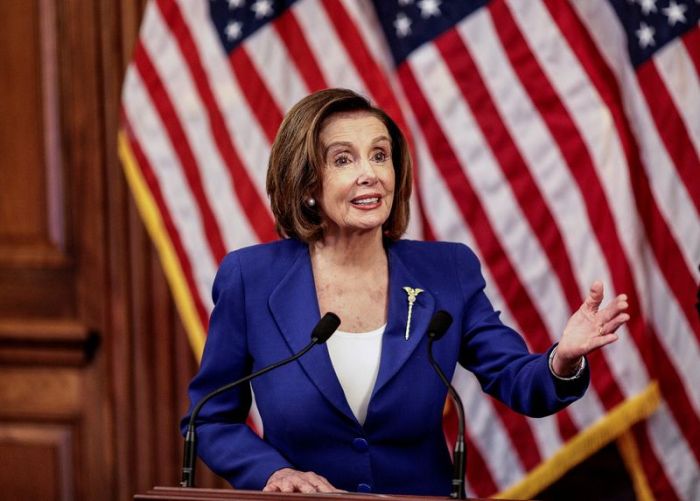NEW YORK (Reuters) – Oil futures strengthened late in the session on Wednesday, buoyed by hopes that OPEC and its allies will strike a production cut agreement on Thursday.
Crude has collapsed in 2020 because of a slide in demand due to the coronavirus pandemic and excess supply. Brent dropped to $21.65, its lowest since 2002, on March 30.
Thursday’s video conference meeting between the Organization of the Petroleum Exporting Countries (OPEC) and allies including Russia – a group known as OPEC+ – was expected to be more successful than their gathering in March, which ended in a failure to extend supply cuts and a price war between Saudi Arabia and Russia.
“The pressure is enormous on these countries to cut,” said Phil Flynn, an analyst at Price Futures group.
Market sentiment rose on expectations a deal could be reached after media reports suggested Russia would cut its output and Algeria’s energy minister said he expected a “fruitful” meeting.
Russia is ready to cut its oil output by 1.6 million barrels per day, TASS news agency reported, citing an unnamed Energy Ministry official the day before the online conference.
“The meeting will undoubtedly be fruitful in order to rebalance the market through measures we will take tomorrow,” Algerian Energy Minister Mohamed Arkab, also OPEC president, told Algerian state news agency APS.
A group of Republicans in the U.S. House of Representatives told Saudi Crown Prince Mohammed bin Salman on Wednesday that economic and military cooperation between the two countries is in jeopardy unless the kingdom helps stabilize prices by cutting crude output.
While OPEC sources have said a deal to cut production is conditional on participation of the United States, doubts remain as to whether Washington will contribute.
On Tuesday, the U.S. Department of Energy said the country’s output was declining without government action.
Brent crude <LCOc1> settled up 97 cents, or 3%, at $32.84 a barrel. U.S. West Texas Intermediate (WTI) crude <CLc1> rose $1.46, or 6.2%, to settle at $25.09 a barrel.
The benchmarks pared some gains, with Brent turning negative briefly, after U.S. government data showed crude inventories last week soared by a record 15.2 million barrels, even as production was cut by 600,000 barrels per day to 12.4 million bpd. [EIA/S]
U.S. crude inventories rose as refiners slashed runs and the delivery hub for WTI at Cushing, Oklahoma, posted a record weekly build of 6.4 million barrels, the U.S. Energy Information Administration said. [EIA/S]
(Additional reporting by Alex Lawler and Jane Chung; Editing by Marguerita Choy and David Gregorio)























